
Pixar’s ‘Inside Out’ brilliantly brings emotions to life as charming characters, but to tell a compelling story, it simplifies complex brain science. While this makes for great entertainment, it doesn’t always reflect what researchers actually know about how the brain works. Here are ten instances where the movie’s explanations differ from current scientific understanding, along with brief explanations of what research has revealed.
The “Five Emotions” Model Isn’t How Psychologists Classify Feelings
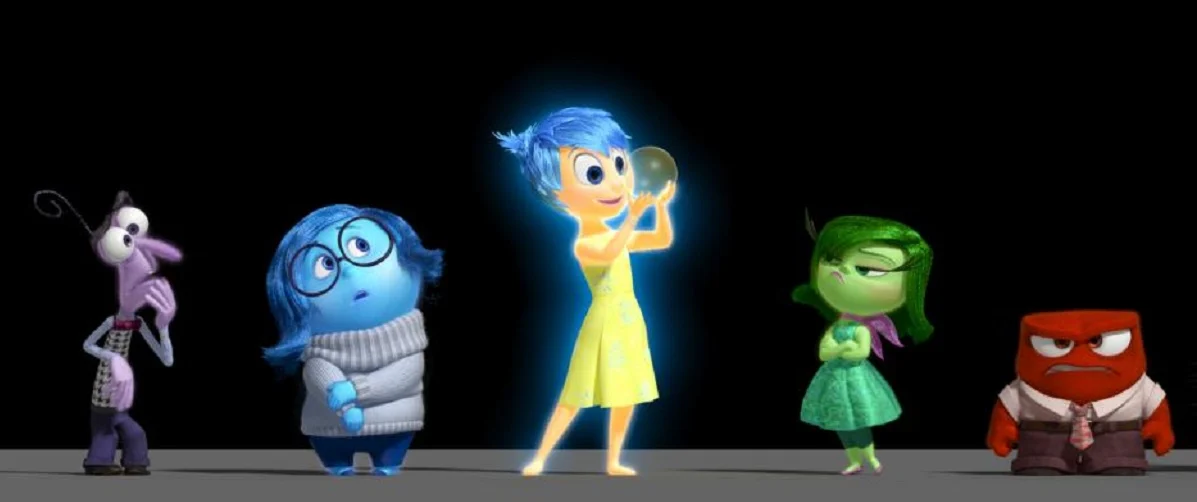
Psychologists know there are many more than just five basic emotions, and there’s no universal agreement on exactly what those emotions are. While some theories focus on core feelings like fear and joy, they also often include things like contempt, pride, guilt, awe, and compassion. Other approaches see emotions as existing on a spectrum – how pleasant or unpleasant they are, and how calming or energizing they feel – rather than as separate, defined categories. In reality, our feelings are complex and often combine, meaning they don’t easily fit into just a few simple boxes.
Emotions Don’t Sit at a Central “Console” Running the Person

Emotions aren’t controlled by one specific area of the brain. Instead, they’re processed across a network of regions, including the amygdala, prefrontal cortex, insula, and brainstem. These areas work together continuously, combining information from our senses, memories, and body. Decisions aren’t made by one part ‘switching on’ – they arise from this constant interaction between different brain systems.
“Core Memories” Don’t Instantly Build Personality “Islands”

While memories certainly influence us, our personalities are built up over time by a combination of our genes, natural tendencies, what we learn, our relationships, and the culture we live in. It’s not one single memory that suddenly defines who we are. Instead, our habits of thought and behavior are formed slowly through repeated experiences. Personality is a mix of things that stay consistent and things that change, and it’s affected by what happens in our lives, how our brains develop, and the situations we find ourselves in. The idea of separate “islands” of personality in the movie is just a way of illustrating this – it doesn’t mean a single lost memory can completely alter who someone is.
Memories Aren’t Stored as Single, Untouched Orbs

Whenever we remember something, it’s not like replaying a perfect recording. Instead, our brains rebuild the memory each time, influenced by our current feelings and the situation we’re in. Because memories are stored in different parts of the brain – sights, sounds, and what it all meant – and then connected by the hippocampus, details can shift as we retell them. The emotional feeling tied to a memory isn’t fixed either; it can change over time as our beliefs and life circumstances evolve. This process of solidifying memories actually continues for a long time after the event first happens.
Forgetting Isn’t Just Deleting Old Files
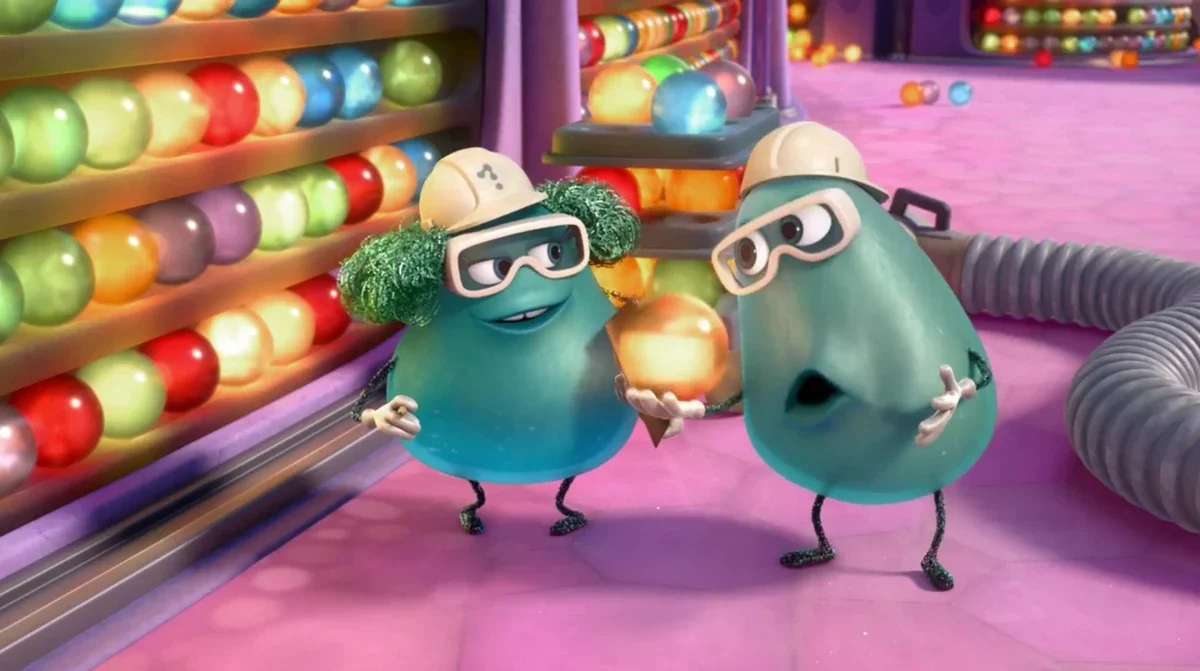
Forgetting happens for a variety of reasons. Sometimes new or old information gets in the way, or we simply lose the key to remembering. While some memories naturally fade with time, others are still stored but need a trigger – a specific cue or situation – to resurface. Strong emotions and repeated experiences can help memories last, but stress has a complex effect, sometimes hindering and sometimes improving how well we remember things, depending on when and how intense it is. The idea that memories simply get ‘dusty’ and disappear is a misleadingly simple explanation of how forgetting actually works.
Dreams Aren’t Shot Like Movies on a Backlot
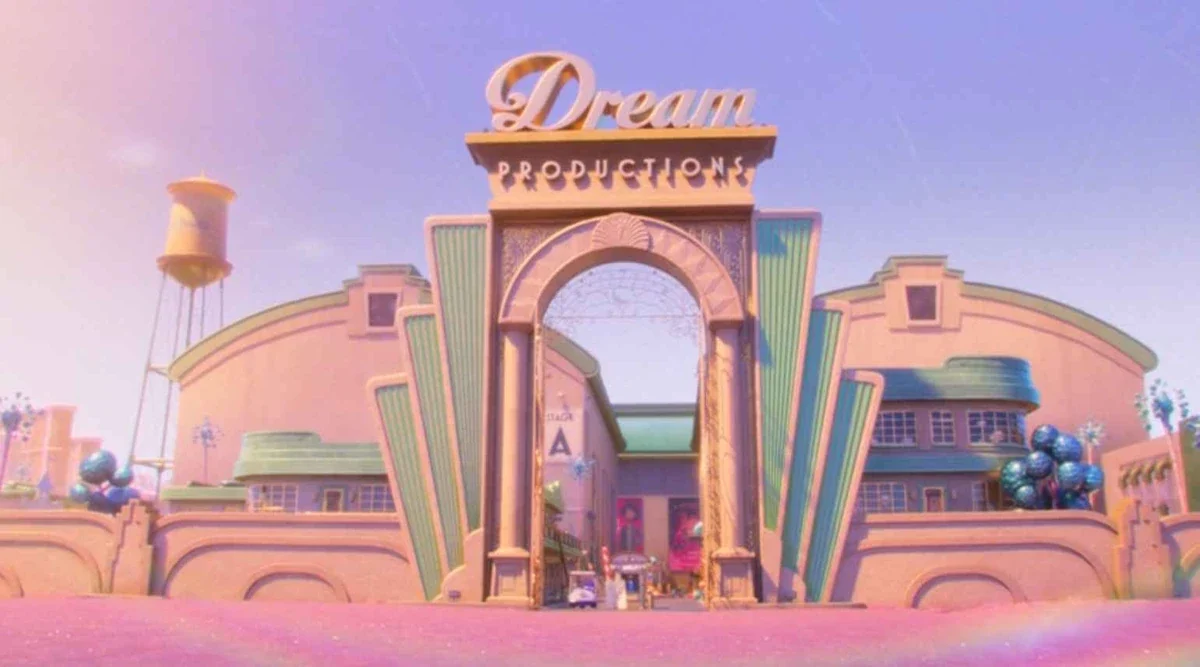
We usually have our most memorable dreams during REM sleep, a phase marked by specific brain activity, temporary muscle paralysis, and quick eye movements. Dreams often blend recent events with old memories, feelings, and sensations, all happening without a planned storyline. Sleep also helps us learn and manage our emotions by strengthening memory connections. Although it’s interesting to think of dreams as being ‘produced,’ they’re actually a natural result of how our brains work during sleep.
Abstract Thought Doesn’t Turn You into Cubes

As a film lover, I’ve always been fascinated by how we understand complex ideas. It’s not like a lightbulb suddenly goes on, allowing us to grasp things like justice or infinity. Instead, it’s a slow build-up, shaped by the language we learn, what we’re taught in school, and how our brains develop over time. It’s all about how different parts of our brain – those handling memory, focus, and control – work together, especially in the front and parietal lobes. Honestly, kids start thinking about abstract stuff much earlier than people give them credit for, and they get better at it by using these concepts and getting feedback. It’s a gradual refinement, not a sudden leap.
The “Train of Thought” Isn’t a Single Track
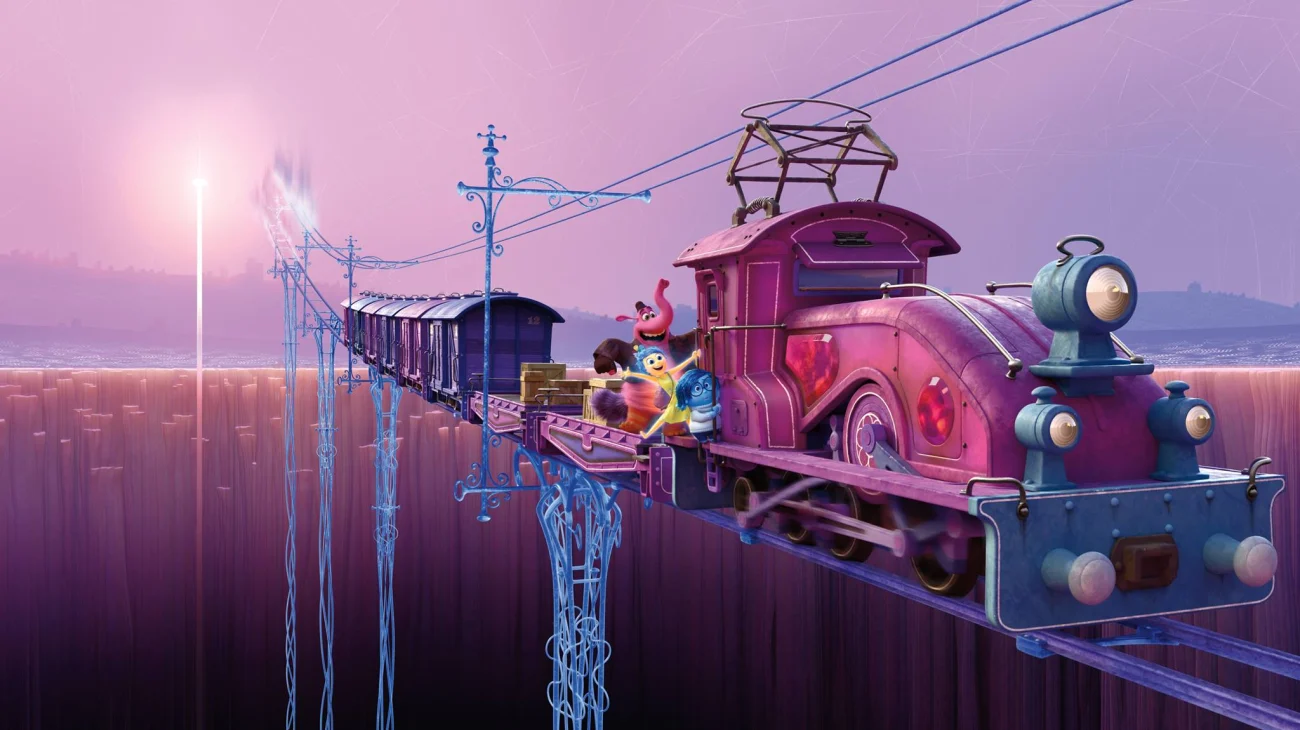
Our minds don’t think in a straight line. Instead, thinking involves many processes happening at the same time – we focus on multiple things, revisit ideas, and make connections unexpectedly. While we consciously hold information in mind, our brains are also constantly generating ideas and anticipating what might happen next. Our focus shifts rapidly, guided by our goals, anything new or interesting, or our emotions. Thinking is less like a single train on a track and more like a complex network of routes.
Emotion Characters Don’t Map to One Facial Expression Each
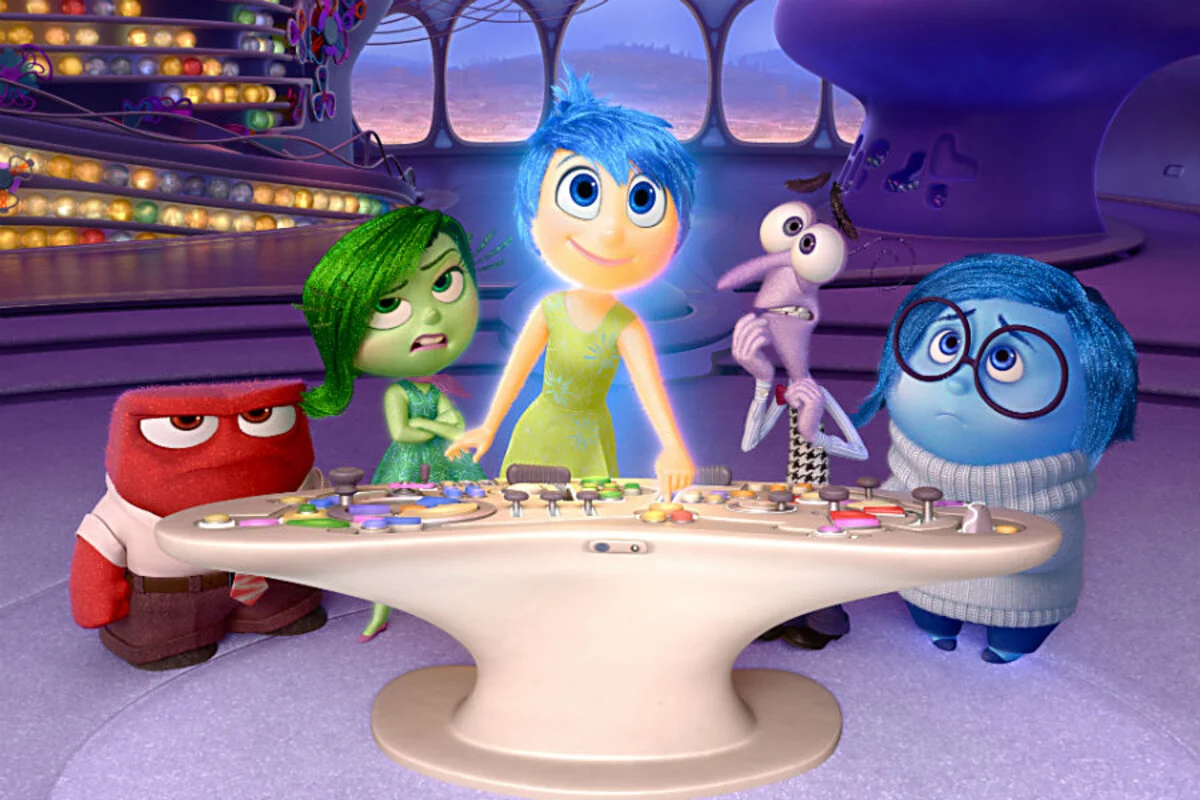
It’s not as simple as one emotion always having one specific facial expression. In real life, people change how they show their feelings depending on their culture, what’s expected of them, and what they’re trying to achieve. Often, different emotions look similar, and it’s important to consider the situation, tone of voice, and body language to understand how someone is truly feeling. Communicating emotions is a learned, adaptable, and social process.
Puberty, Mood Swings, and Brain Change Are Ongoing, Not Sudden Switches

The years between childhood and adulthood are a time of significant change in the brain, particularly in the areas that manage emotions and control behavior. These changes happen gradually over several years and are influenced by hormones, sleep, stress, and social interactions. Developing skills like self-control and planning takes time and consistent practice, and isn’t usually the result of one specific moment.
Did the movie get something right, or did it miss something important that I didn’t mention? Let me know your thoughts in the comments!
Read More
- Robert Kirkman Launching Transformers, G.I. Joe Animated Universe With Adult ‘Energon’ Series
- Avantor’s Chairman Buys $1M Stake: A Dividend Hunter’s Dilemma?
- NextEra Energy: Powering Portfolios, Defying Odds
- AI Stock Insights: A Cautionary Tale of Investment in Uncertain Times
- Hedge Fund Magnate Bets on Future Giants While Insuring Against Semiconductor Woes
- Oklo’s Stock Surge: A Skeptic’s Guide to Nuclear Hype
- The Illusion of Zoom’s Ascent
- UnitedHealth’s Fall: A Seasoned Investor’s Lament
- EUR TRY PREDICTION
- Ex-Employee Mines Crypto Like a Digital Leprechaun! 😂💻💸
2025-11-07 06:48